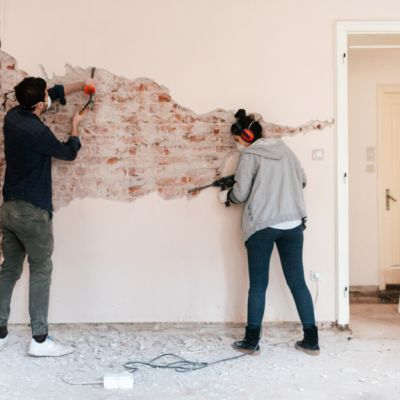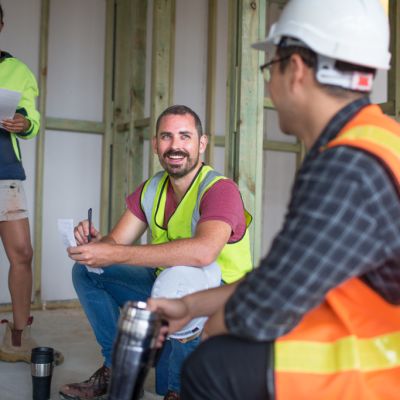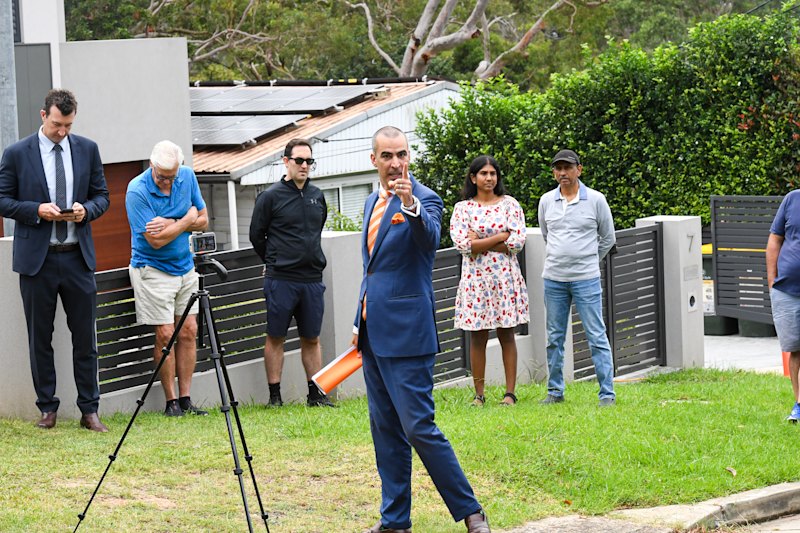Thinking of renovating? How to keep your neighbours onside while the builders are onsite
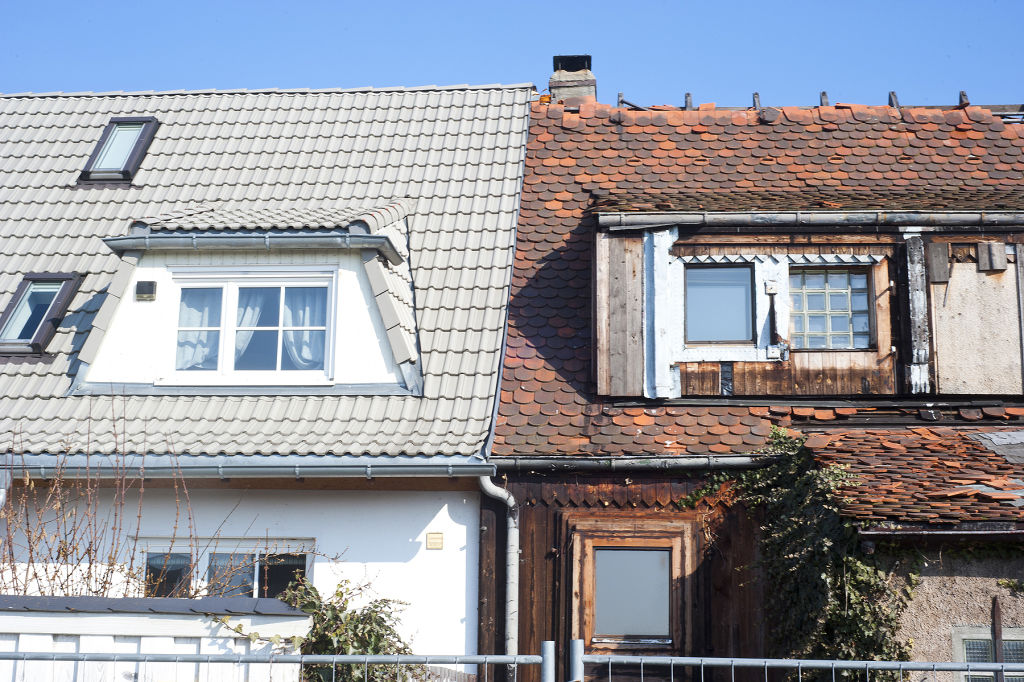
It’s a truth universally acknowledged that even the closest of neighbourly relationships can quickly fall apart over troublesome renovations. Transforming your property into the home of your dreams when your neighbour doesn’t share your grand vision (or even a bit of kerb space for that extra skip bin) can be tough. One thing can lead to another and before you know it you’re on a one-way street to being branded the NFH (Neighbour from Hell).
We asked the experts how to keep your neighbours on-side when you’re in the throes of renovating, and here’s what they said:
Recognise that this is real life, not reality TV
Odette Overlunde is a property investor and renovation enthusiast who shares advice gained from experience with three recent renovation projects across suburban Sydney.
She believes in keeping neighbours front of mind at all times and stresses that, “While getting inspiration from shows like The Block is fine, homeowners shouldn’t feel under pressure to get things done in record time. It’s not like that in real life. And it can lead to problems with those living around you.”
Involve your neighbour early in the planning process
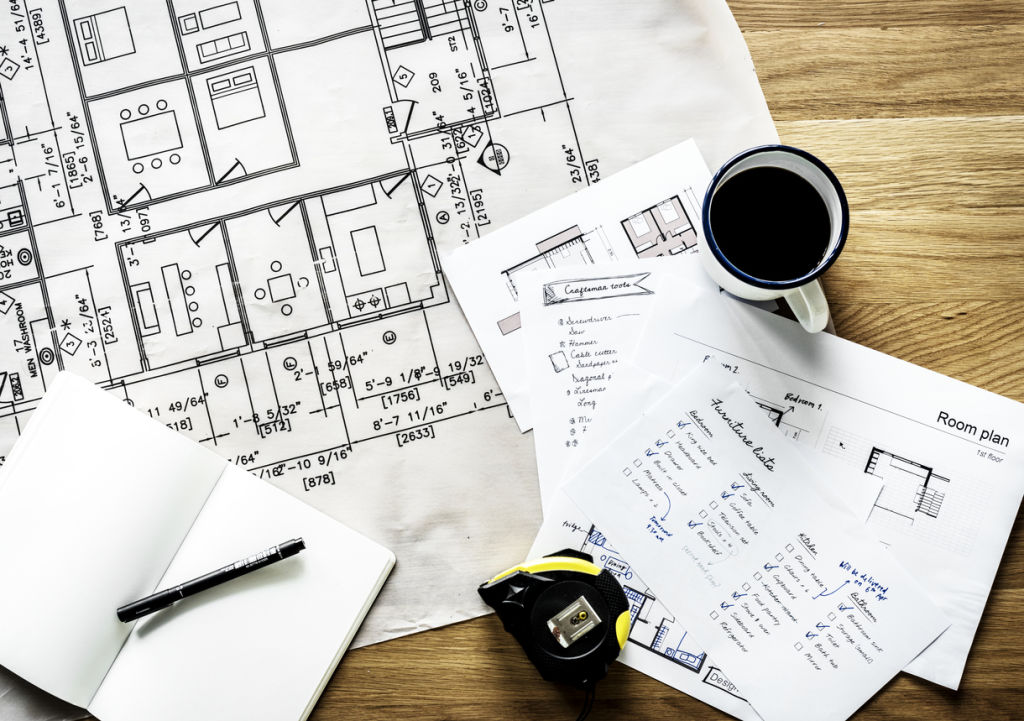
Getting the right permits and permissions is a no-brainer from a compliance point of view but renovations also require a bit of foresight in terms of neighbourly relations.
According to Jennifer Crawford, architect and owner of Our New Home Coach, “It’s far better to put your neighbour in the picture early rather than going all the way down the path of design and approvals with them not knowing anything about it until they get ‘the letter’ from council.”
And while you might encounter a complaining neighbour who’s ready to quash your renovation dreams no matter what, Crawford insists that things like “privacy, overshadowing and loss of views are real and legitimate concerns”.
Communication is key

When it comes to discussing things with your neighbours, empathy – and timing – are everything. Communicating in advance, giving regular updates and putting yourself in your neighbour’s shoes are all vital.
Overlunde says that “making contact early on and being transparent” are crucial, as is tackling sticky situations when they arise and not letting them fester. “It’s about creating a connection and humanising the process,” she adds, “so that if problems crop up you can quickly work on an amicable solution.”
Crawford believes that communication with neighbours can be even more critical than building controls. “Because even if you can have a project that you know complies to the letter of the law, having a relationship breakdown with a neighbour over a renovation can still make life a living hell for everyone.”
Schedule building work within allowable hours
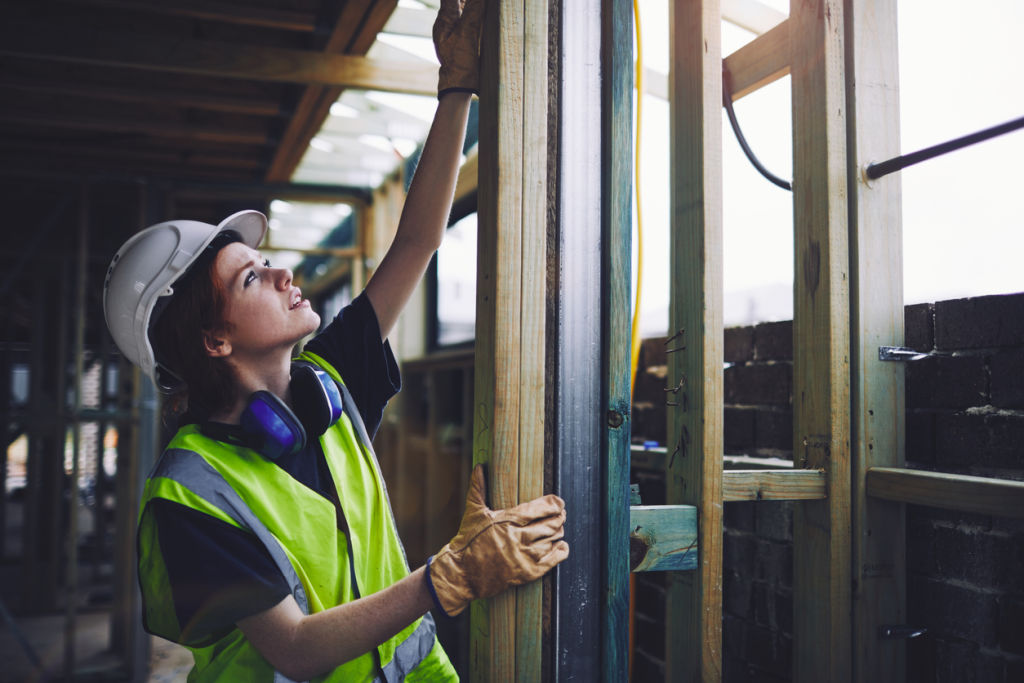
With many of us still working from home, there’s no easy escape from the renovation-related racket. The constant sound of concrete cutters, circular saws and other power tools can fray even the steeliest of nerves and bring that important Zoom conference to a frustratingly untimely end.
Regulations set by environment protection authorities put clear time limits in place for noisy building work. They do vary slightly between states so if you want to keep the neighbourhood peace it’s a good idea to take careful note of these.
Overlunde says she schedules noisy work between 11am and 3pm, conscious that neighbouring families are “busy trying to prepare for the workday and hustle kids to school in the mornings,” and don’t need loud renovations adding stress to the process.
Avoid tangles with tradies
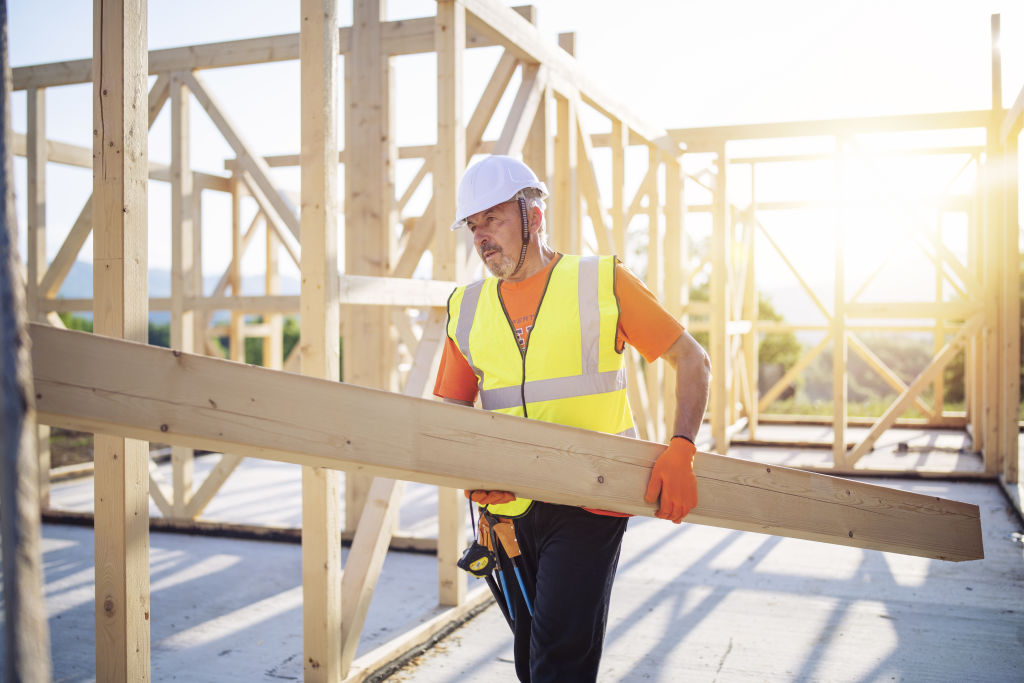
According to Hipages, Australians engage around 1.1 million tradespeople to do $83 billion worth of work on their homes every year.
While tradies are awesome and the backbone of the building industry, considerate on-site behaviour on their part is a must so you don’t fall foul of the neighbours. Set expectations and make sure they’re on board by parking legally and thoughtfully, dialling down the music and reserving racy language for after-work drinks.
Take extra care with apartments
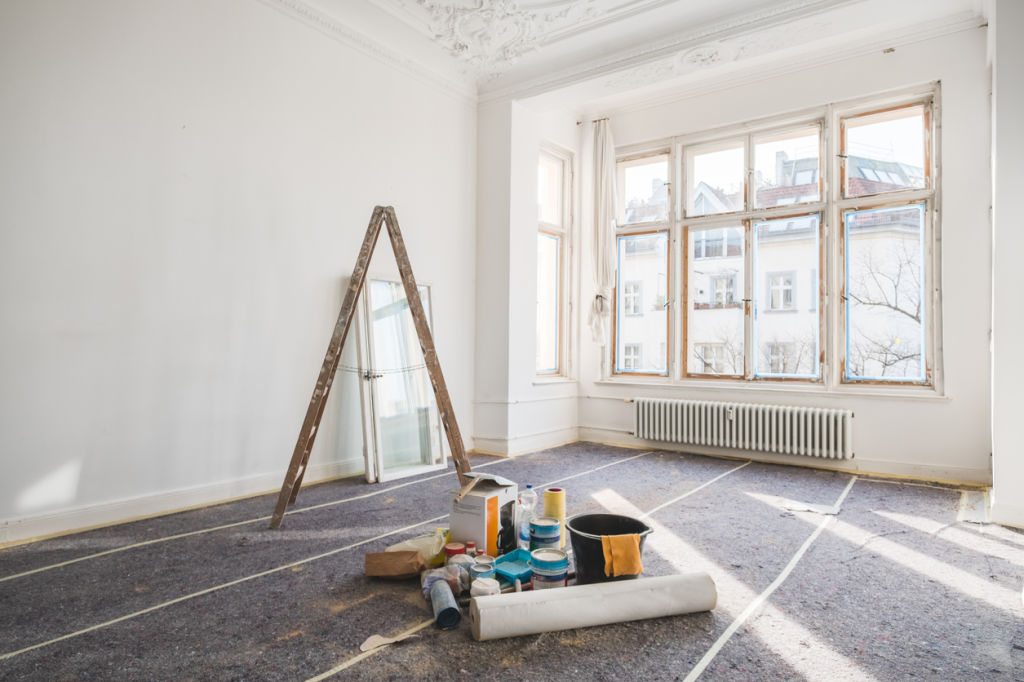
Jan Elias of apartment renovation specialists Mr & Mrs Elias says that renovating in the high-density environment of a unit block makes consideration of neighbours even more crucial. “All buildings have their own set of rules,” he points out, “so it’s important to consult your owners corporation from day one to get an understanding of how the process works.”
It all comes down to a checklist based on “noise, notification, programming and protection”, Elias says. This involves giving residents a point of contact and always keeping them in the loop, scheduling demolition and other loud works within strict windows and being meticulous about protecting common property from damage.
Own your mistakes and look for the silver linings
Builders are liable for their actions while working and carry public liability insurance to cover themselves. If your renovation causes damage, it’s up to you and your contractor to make sure your neighbour’s property is reinstated to its original condition.
And despite the downsides, renovations can help forge relationships by getting neighbours together to share inspiration – or just a cup of tea.
“So many ideas are transferable,” Overlunde says, citing the example of a neighbour who got some welcome inspiration from one of Overlunde’s project to apply to her own apartment next door.
We recommend
States
Capital Cities
Capital Cities - Rentals
Popular Areas
Allhomes
More
